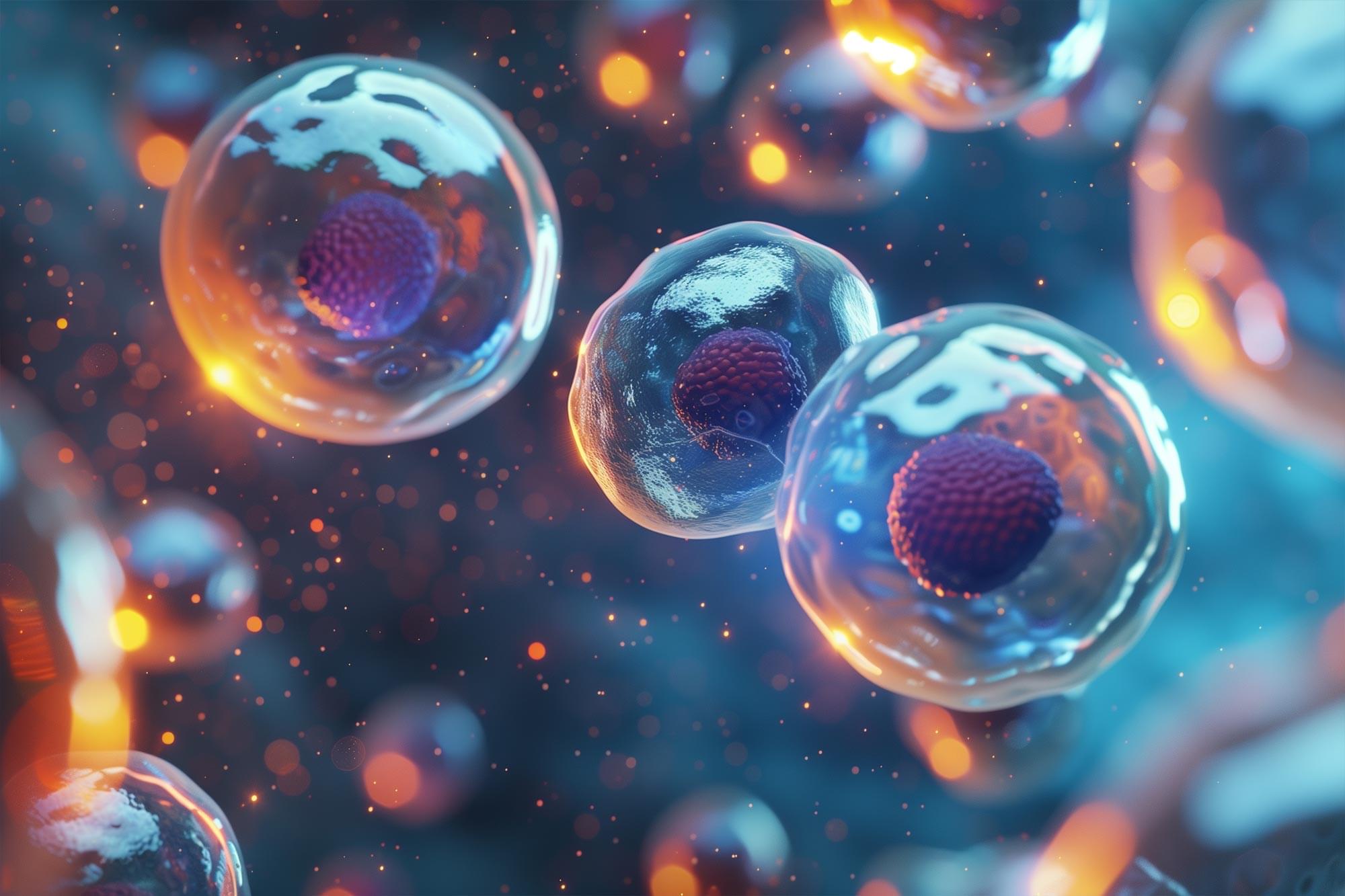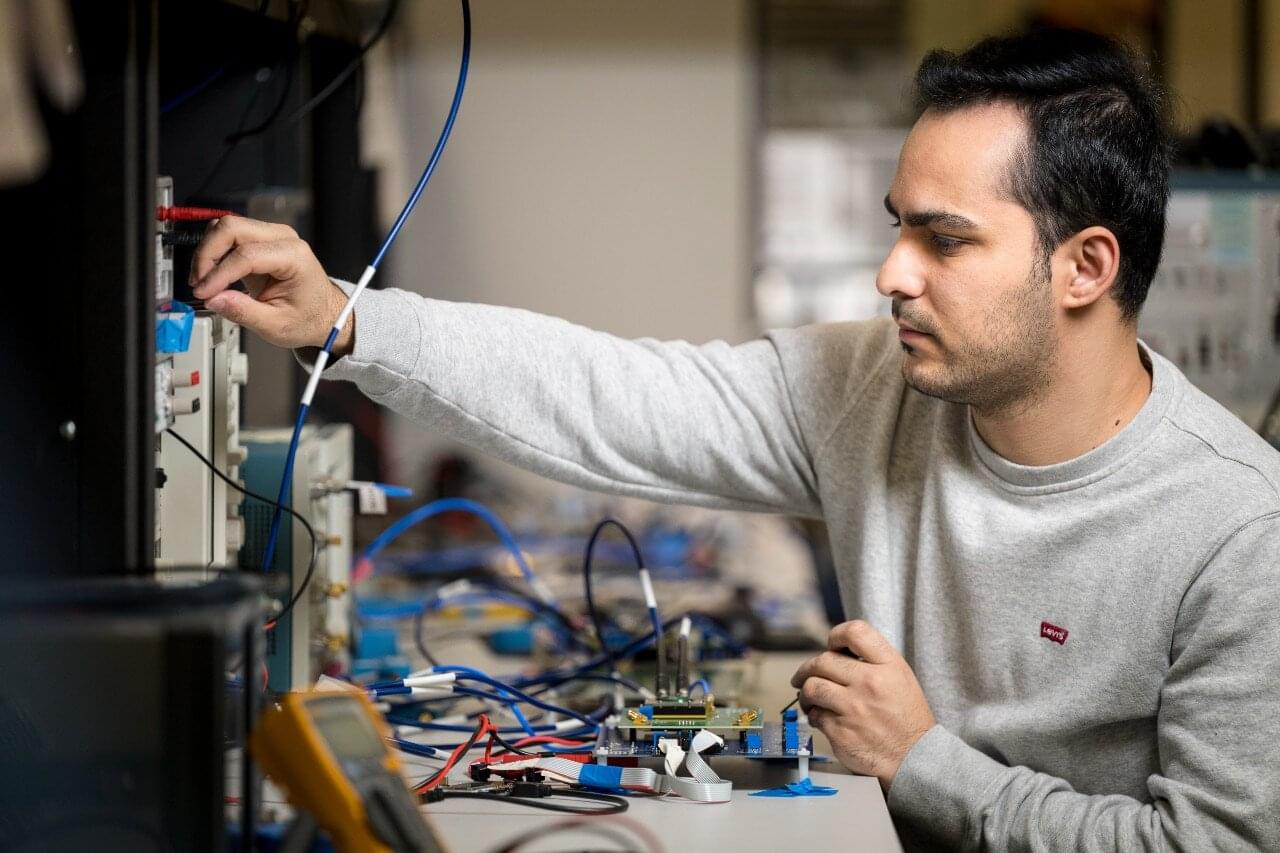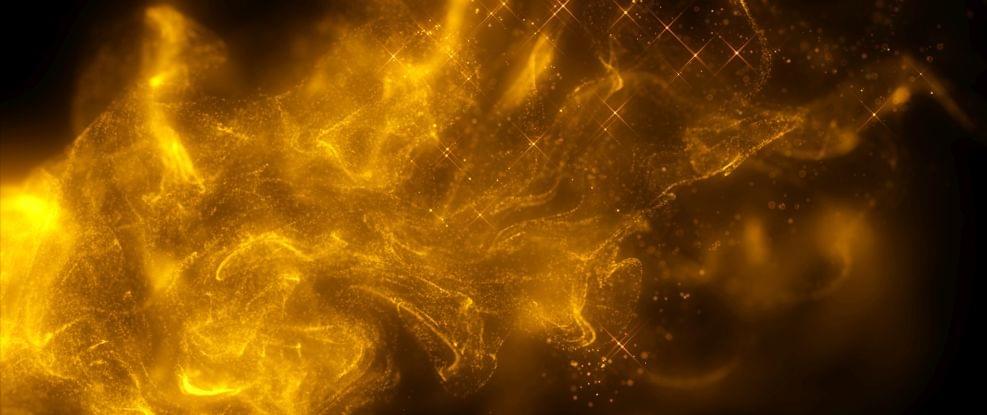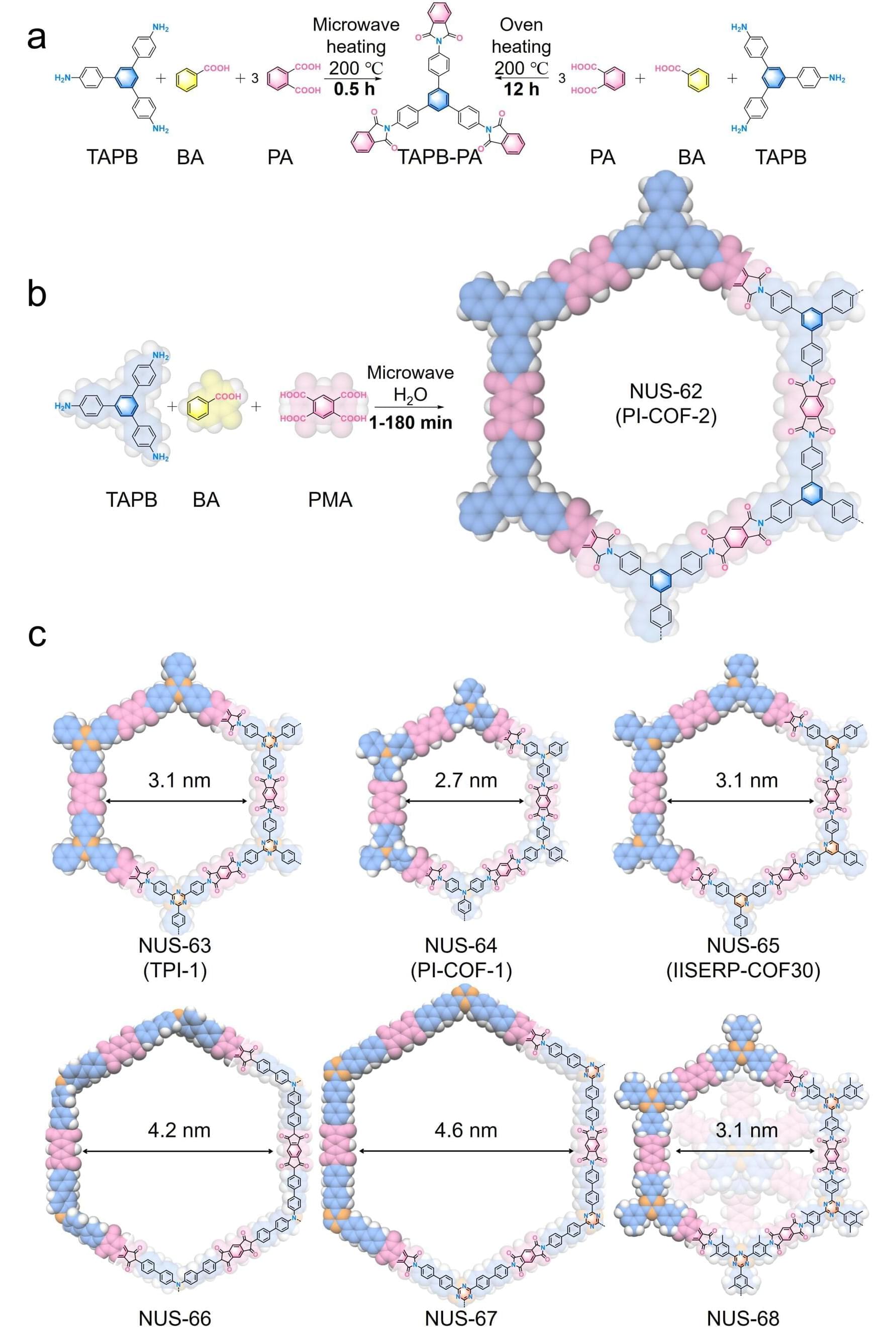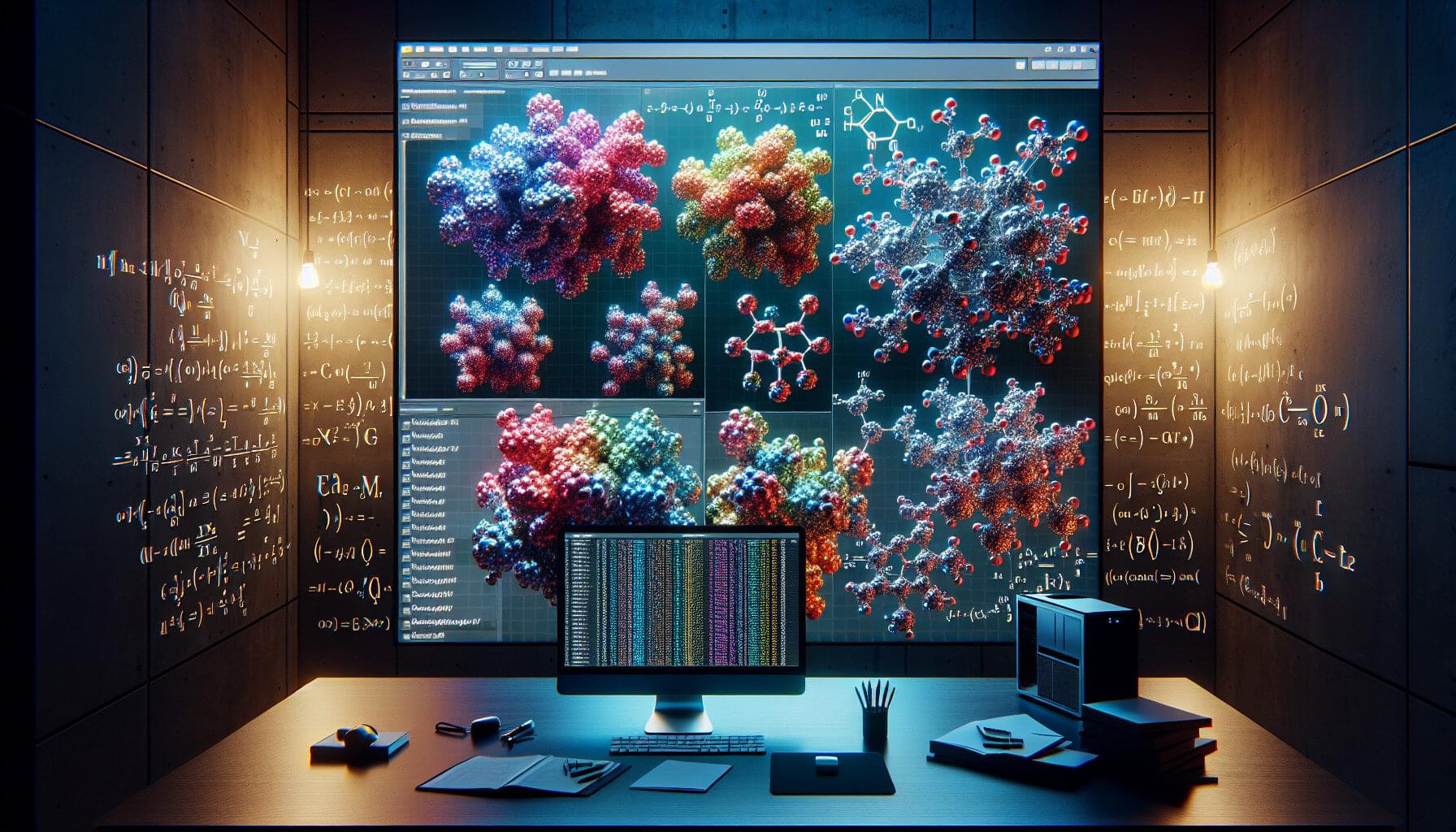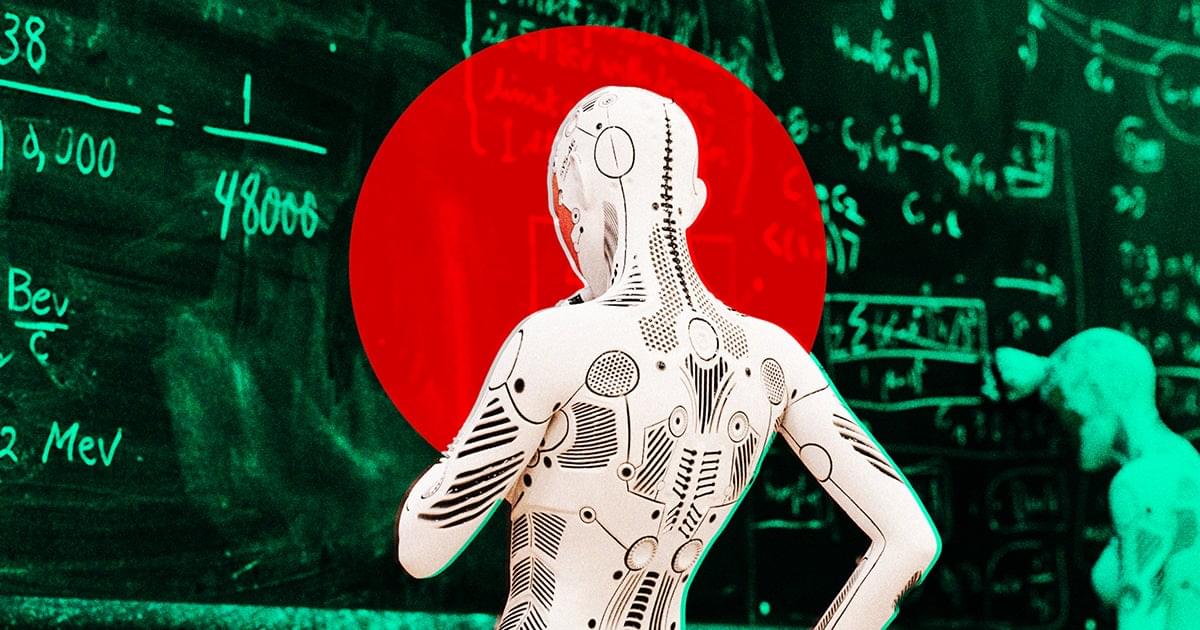A groundbreaking new technique called EPSILON allows researchers to map the proteins involved in memory formation with unprecedented detail, providing a window into the molecular architecture of learning.
Eukaryogenesis occurred suddenly, driven by the growing length of genes and the limitations on producing longer proteins. An international team of four senior scientists from Mainz, Valencia, Madrid, and Zurich has published groundbreaking research in the journal PNAS that explores one of the mos
Terahertz time-gated spectral imaging for content extraction through layered structures.
Oregon State University College of Engineering researchers have developed a more efficient chip as an antidote to the vast amounts of electricity consumed by large-language-model artificial intelligence applications like Gemini and GPT-4.
“We have designed and fabricated a new chip that consumes half the energy compared to traditional designs,” said doctoral student Ramin Javadi, who, along with Tejasvi Anand, associate professor of electrical engineering, presented the technology at the IEEE Custom Integrated Circuits Conference in Boston.
“The problem is that the energy required to transmit a single bit is not being reduced at the same rate as the data rate demand is increasing,” said Anand, who directs the Mixed Signal Circuits and Systems Lab at OSU. “That’s what is causing data centers to use so much power.”
Tuochao Chen, a University of Washington doctoral student, recently toured a museum in Mexico. Chen doesn’t speak Spanish, so he ran a translation app on his phone and pointed the microphone at the tour guide. But even in a museum’s relative quiet, the surrounding noise was too much. The resulting text was useless.
Various technologies have emerged lately promising fluent translation, but none of these solved Chen’s problem of public spaces. Meta’s new glasses, for instance, function only with an isolated speaker; they play an automated voice translation after the speaker finishes.
Now, Chen and a team of UW researchers have designed a headphone system that translates several speakers at once, while preserving the direction and qualities of people’s voices. The team built the system, called Spatial Speech Translation, with off-the-shelf noise-canceling headphones fitted with microphones. The team’s algorithms separate out the different speakers in a space and follow them as they move, translate their speech and play it back with a 2–4 second delay.
For a while, in the Middle Ages, there was a real craze for trying to turn unassuming lead into pure, gleaming gold.
Perhaps those ancient alchemists should have been building a particle collider. According to a new paper, CERN’s Large Hadron Collider produced about 86 billion gold nuclei from high-speed lead nuclei during the facility’s second run, between 2015 and 2018.
This is not actually much gold – mere trillionths of a gram. Nor does it last very long – just fractions of a second. But what’s really cool here is the way physicists quantified the gold production: by counting the number of protons accompanying neutrons involved in the lead interactions using the ALICE (A Large Ion Collider Experiment) detector’s zero degree calorimeters (ZDCs).
In our recent study published in the Journal of the American Chemical Society, our team from the National University of Singapore has developed a rapid and eco-friendly method for synthesizing imide-linked covalent organic frameworks (COFs) using a water-assisted microwave approach.
This innovative technique significantly reduces the synthesis time and eliminates the need for toxic organic solvents, marking a major advancement in the field of materials science.
Computer simulations help materials scientists and biochemists study the motion of macromolecules, advancing the development of new drugs and sustainable materials. However, these simulations pose a challenge for even the most powerful supercomputers.
A University of Oregon graduate student has developed a new mathematical equation that significantly improves the accuracy of the simplified computer models used to study the motion and behavior of large molecules such as proteins, nucleic acids and synthetic materials such as plastics.
The breakthrough, published last month in Physical Review Letters, enhances researchers’ ability to investigate the motion of large molecules in complex biological processes, such as DNA replication. It could aid in understanding diseases linked to errors in such replication, potentially leading to new diagnostic and therapeutic strategies.
A new study is revealing just how horrible AI is at grading student homework, and the results are worse than you think.
Space habitation company, Vast, is now one year away from being able to stake its claim as the first commercial space station in history. The company based in Long Beach, California, aims to launch its single-module Haven-1 space station on a SpaceX Falcon 9 rocket in May 2026. To that end, it completed both its primary structure and qualification article and is moving into manufacturing the flight version. More.

